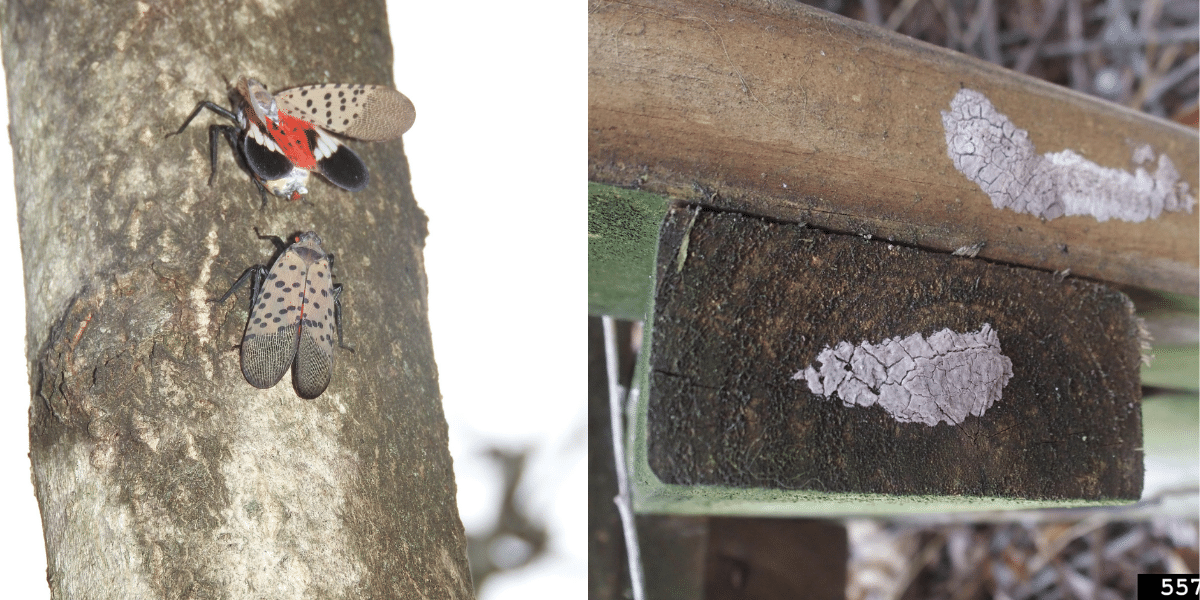The spotted lanternfly is a menace and has the potential to destroy Michigan staples like apples and hardwood trees. But it’s not picky. It feeds on more than 70 different species, and an infestation could be devastating to the state’s agricultural economy.
Robert Miller with the Pesticide and Plant Pest Management Division of the Michigan Department of Agriculture and Rural Development said, “Our agricultural and natural resources are part of Michigan’s identity, and spotted lanternfly has the potential to forever change that landscape.”
The pest has been spreading rapidly across the northeastern United States and dead lanternflies have been found in packaging materials in Michigan. So far, MDARD hasn’t found any live ones.
Miller said, “With the current rate of spread, it is possible spotted lanternfly could reach Michigan at any time.”
If you come across the dreaded pest, let MDARD know immediately. Citizen awareness and reporting are critical in containing the pending arrival of the invasive pest.
From MDARD:
From late summer to the first hard frost, spotted lanternflies are in their adult stage and easiest to identify. Adults are roughly one inch long. Their folded wings are gray to brown with black spots. Open wings reveal a yellow and black abdomen and bright red hind wings with black spots transitioning to black and white bands at the edge.
Female spotted lanternfly lay egg masses in the fall, which resemble old chewing gum, with a gray, waxy, putty-like coating. Egg masses can survive winter temperatures to hatch in the spring. Hatched eggs appear as brownish, seed-like deposits. Spotted lanternfly juveniles are wingless and are black with white spots, developing red patches in their final juvenile stage
| If you find a spotted lanternfly egg mass, juvenile or adult, take one or more photos, make note of the date, time and location of the sighting, and report it to MDARD via email at MDA-Info@Michigan.gov or by calling 800-292-3939. If possible, collect a specimen in a container for verification. |
Before traveling, check out the map of confirmed spotted lanternfly locations. For additional information on identifying or reporting, visit Michigan.gov/SpottedLanternfly.
Reporting for WGRT – Jennie McClelland


